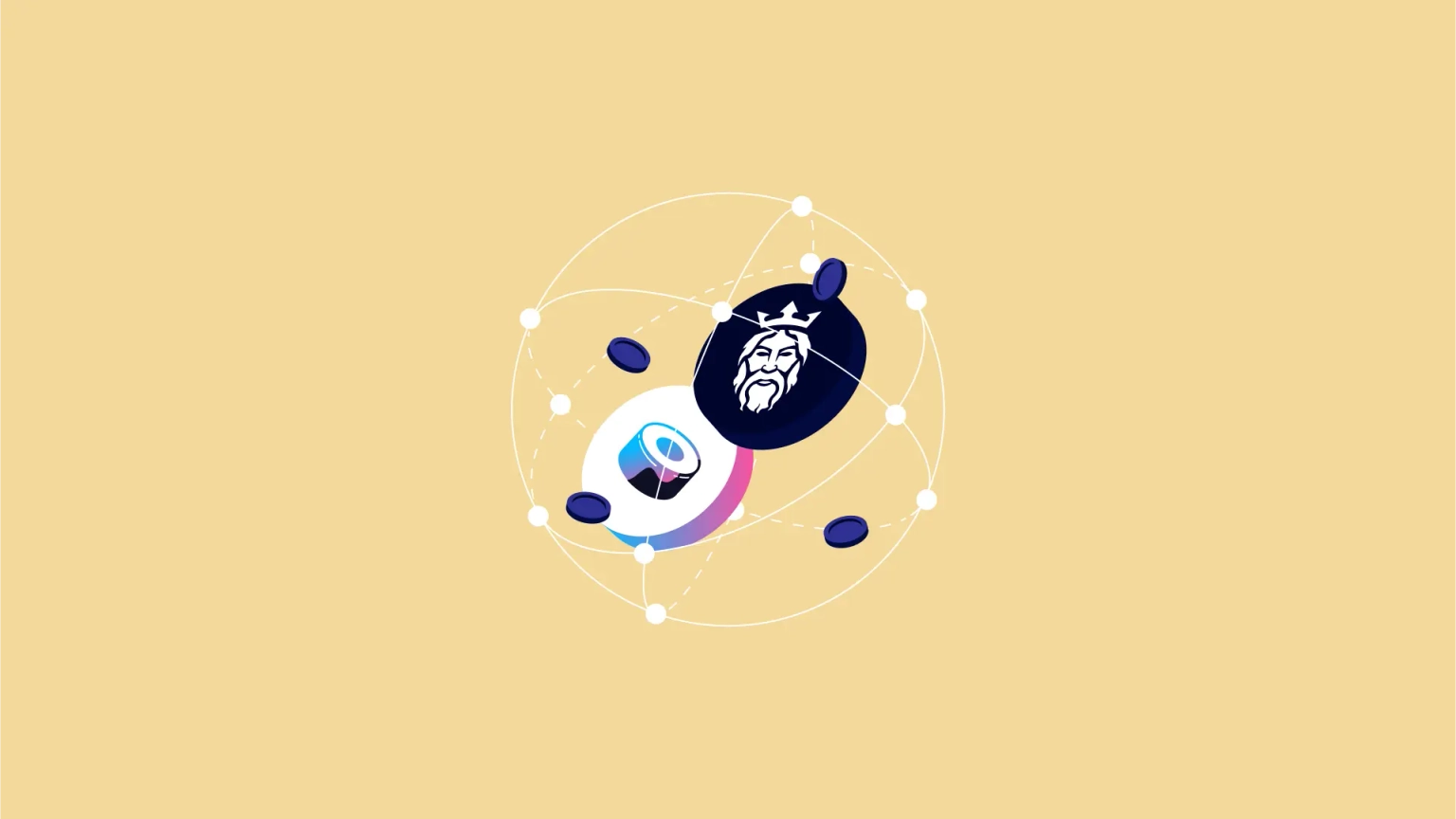
Collaboration between Neptune Mutual and SushiSwap
Explore Neptune Mutual's ongoing collaboration with SushiSwap offering several benefits.
Youtube Video
Playing the video that you've selected below in an iframe

What exactly is web3 and is metaverse and web3 same? Learn about the evolution of web.
The term "Web 3.0" is one of the key phrases to appear in any self-respecting social media post about the future of blockchain. It is used to describe Internet sites that support blockchain transactions, often in a peer-to-peer decentralized context. At the heart of Web 3.0 is the idea of an alternative approach to transactions, trust, and data. This new model offers the prospect of moving away from the highly concentrated power of centralized tech firms wielded by the likes of Google, Youtube, Netflix, Facebook, and Amazon.
But what exactly is it, how is it different, and why does it matter? Let's dive into the details.
When blockchain technology started making waves in 2008, no one could predict the extent of its use cases. It started with recording transaction data on an immutable public ledger where miners were incentivized to validate transactions and add blocks of data to the blockchain; these proof-of-work incentives were, and still are, the basis of many digital cryptocurrencies, including Bitcoin.
Blockchain has been responsible for numerous projects with good use cases in the Internet space. Aside from cryptocurrency, blockchain has been the technology underlying NFTs (non-fungible tokens), DeFi (decentralized finance), Metaverse, and the revolutionary Web 3.
To understand Web 3.0 better, let's do a quick review of the evolution of the web.
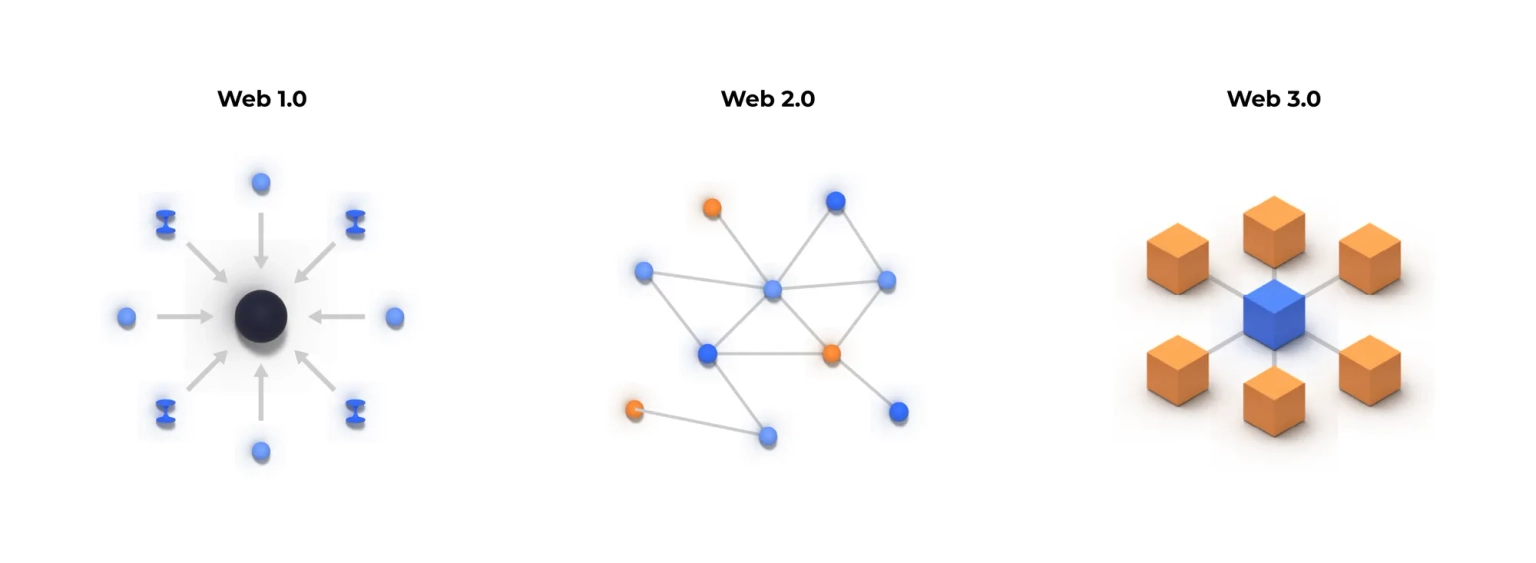
The World Wide Web (www) was reportedly developed by a computer scientist, Tim Berners-Lee, in 1990. He coined the name and referred to it as a "global web of interconnected digital links of information and resources."
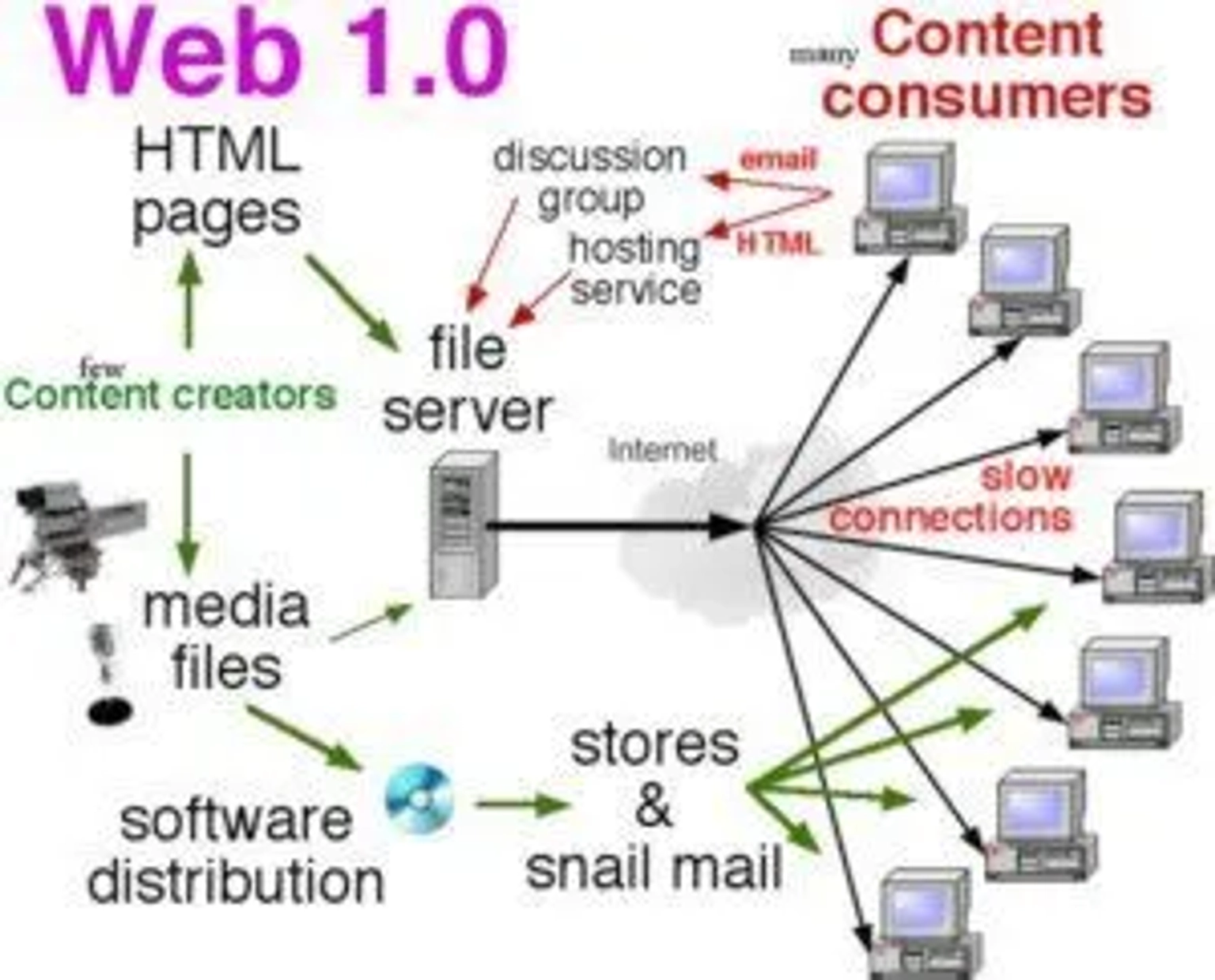
Web 1.0 was the first generation of the web as created by Tim Berners-Lee in 1990. In this form, the web is a “static” form of content publication whereby hosts push information out to readers who are passive in the way they “consume” this content.
It is basically a one-way information highway from publisher to reader.
This was consistent with Berners-Lee's concept of a portal to enable fellow scientists to document and publish their ideas. As web browsers and Internet infrastructure evolved in the mid-'90s, so access to content publishing opened up to a much wider group of users, leading eventually to what we now call Web 2.0, dominated by user-generated content platforms.
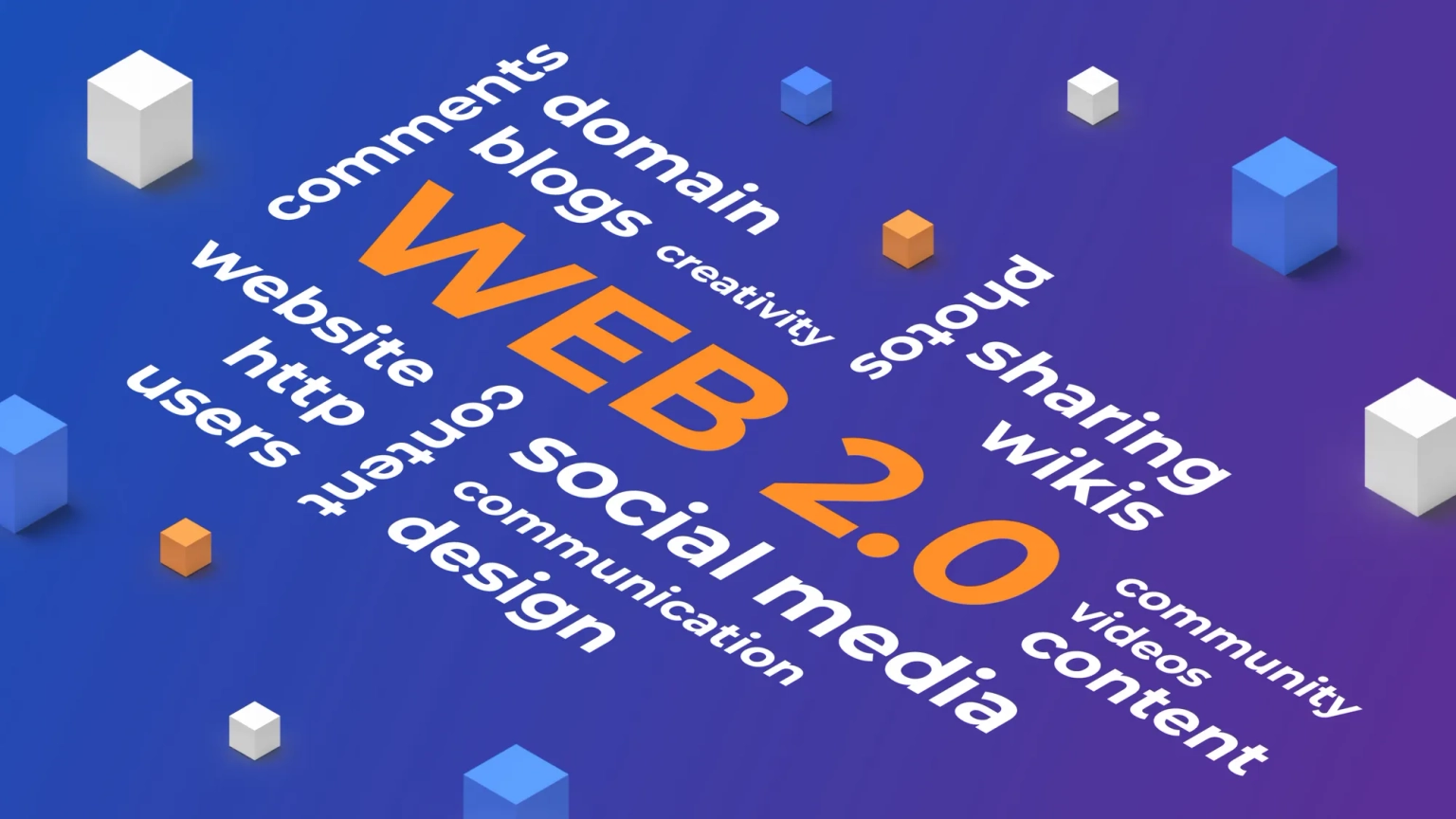
The concept of Web 2.0 was introduced around 2004/2005 bringing with it a paradigm shift in how people used the Internet.
Web 2 enabled users to interact and communicate with fellow users and become the principal producers of content and, in so doing, exponentially increased the amount of content published to the web. The interactions of users with content created data. It is the “acquisition” and use of free data that launched the growth of a few companies that now occupy such a dominant and powerful position in online activity.
Web 2 saw the emergence of new programming languages and web technologies, such as HTML5, JavaScript, and CSS. Web 2 also enabled the much faster trajectory for adoption and growth of e-commerce.
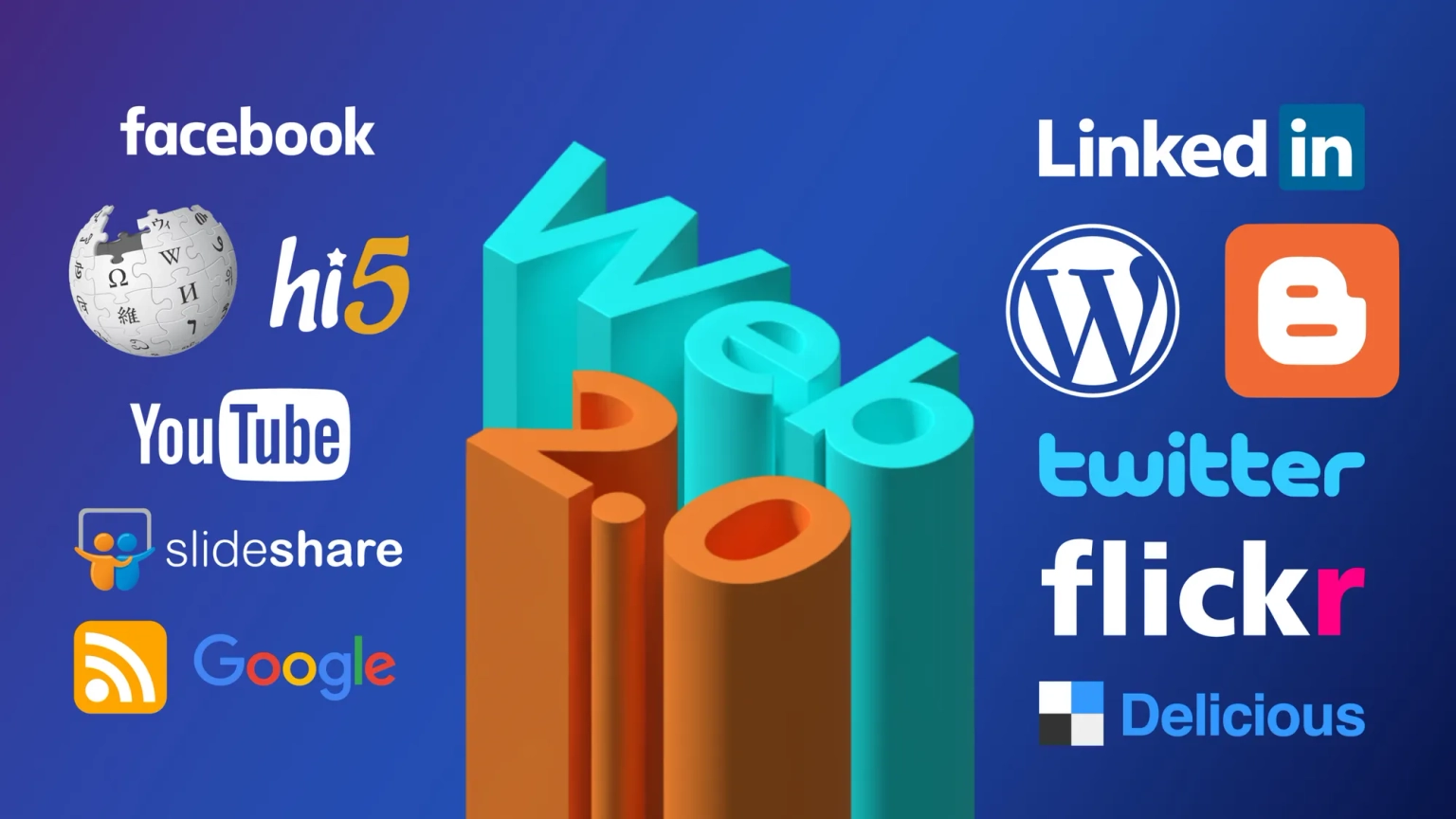
The data that became available to Web 2 companies helped fuel the rise of the FAANG companies (Facebook (now Meta), Amazon, Apple, Netflix, and Google) companies. This is why these same companies are its biggest promoters.
With Web 2, users can socialize, interact, and communicate via voice or video calls and other web-related communication that hasn't been possible with Web 1. Web 2.0 innovations were further driven by the developments in mobile applications, games, and social media.
For all its features, Web 2.0 is not without its limitations. These include:
These limitations, along with the emergence of blockchain technology, led developers to start thinking of even better ways to improve web experience in the digital age. This led to what we now call Web 3.0.

Web 3.0 (or Web 3) is the third generation of the web that is touted to replace Web 2.0.
In Web 3, content creators and web users own their data, as well as other digital assets, stored in a variety of ways either on or offline.
As users create content on the Web 3, different business models are emerging that allow them to use this digital asset and to monetise it, rather than allowing the data to be centralized and monetised by the highly dominant companies of Web 2.
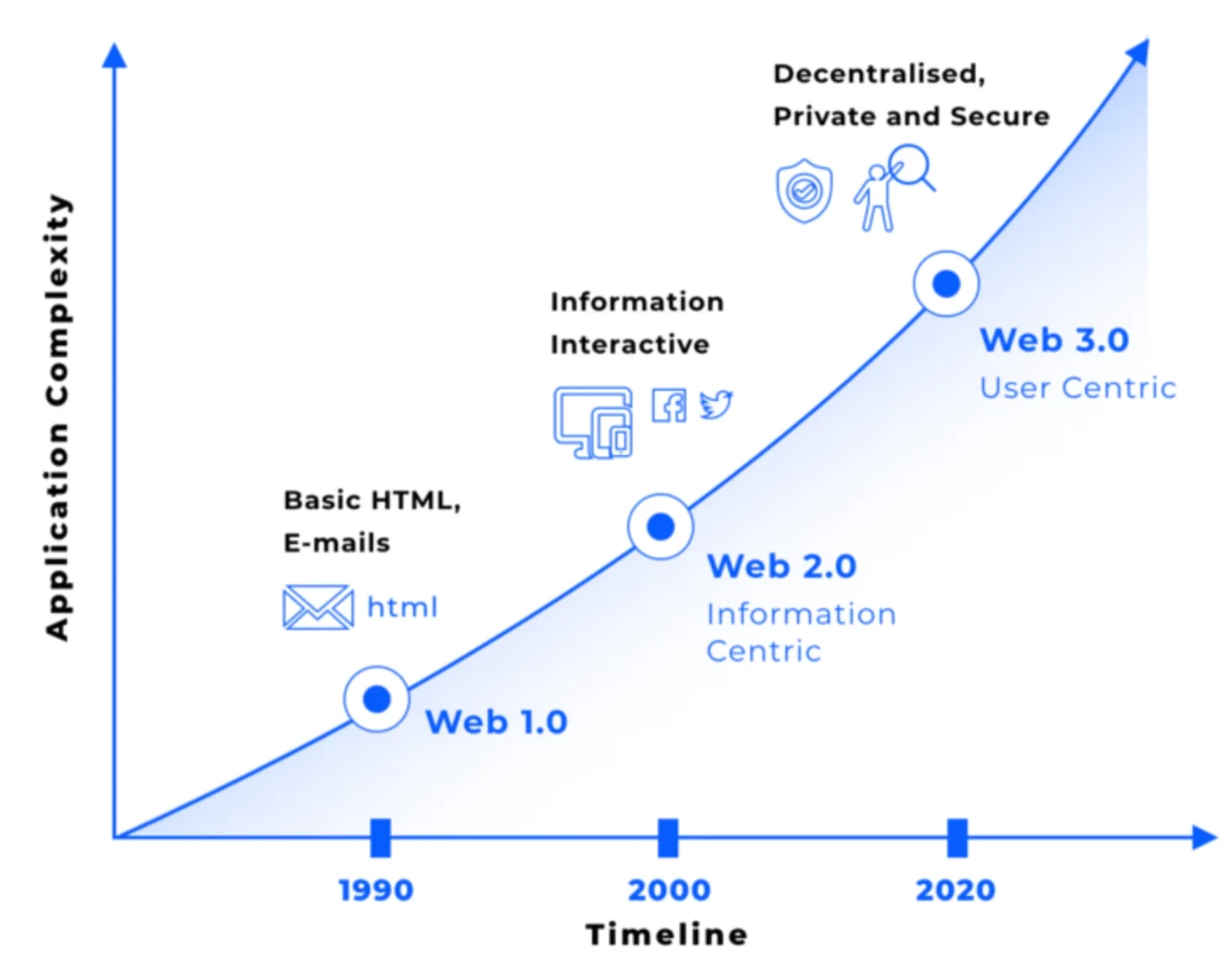
Imagine you're playing an online game on a Web 3 application and you have lots of in-game collectibles. Such collectibles are recorded as yours on the immutable blockchain network. Even if you delete your game account , such collectibles can be transferred or sold outside of the gaming environment.
In contrast, if you're playing a game on Web 2 platform, if the game developer stops the game, or you close your game account, all in-game collectibles will be lost.

Web 3 might integrate Web 1 and Web 2 features, but it symbolizes a smart, open, privacy-controlled, and decentralized web made possible by blockchain technology, smart contracts, and crypto assets.
Even as Web 3 incorporates the core features of the previous web models, it has added other exceptional utilities like machine learning (ML) alongside decentralization. This blending of remarkable tools in Web 3 will make it more exceptional in processing information.
Many people incorrectly think that Web 3 is a synonym of Metaverse.. The two are, however, quite different, even if they have a common ground.
The Metaverse is a 3D virtual space on the Internet where users can experience different worlds or environments without leaving their immediate environment. It uses technology solutions alongside VR & AR to create virtual worlds.
As the Universe is our physical world, so the Metaverse is our virtual world. It is one in which imagination takes precedence over the laws of physics that govern our own Universe. In the Metaverse users can socialize, attend seminars, classes, symposia, and other events with their virtual persona (avatar). From this, it is evident that Web 3 differs widely from Metaverse.
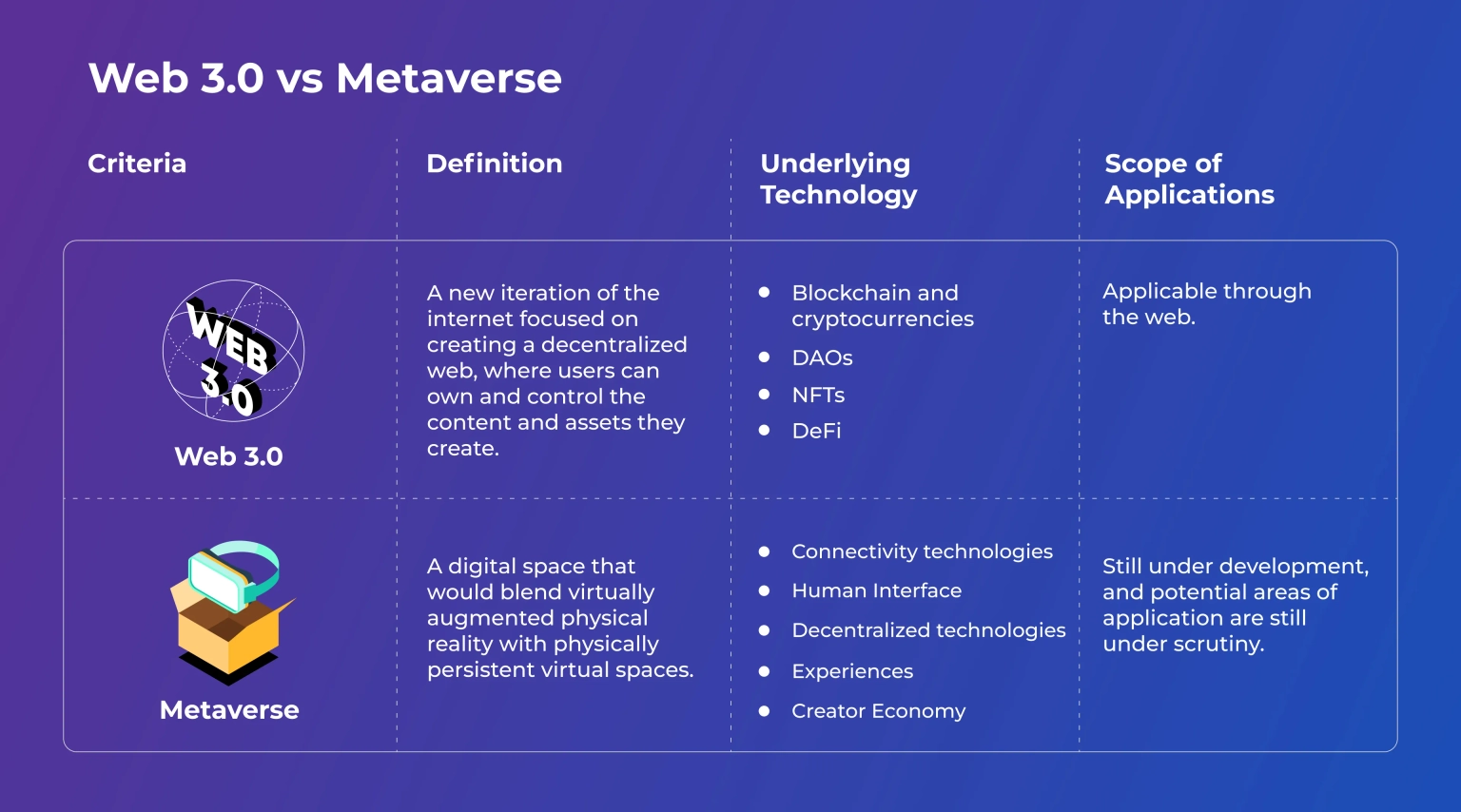
Web 3 will ultimately disrupt the economies of the centralized web if fully adopted by users and enthusiasts. This is because it enables users to own data, it decentralizes governance, and disintermediates the power of Web 2 companies built off the back of free user data. A variety of Web 3 projects across different sectors are appearing that may challenge the incumbent and dominant power of the Web 2 giants:
Decentralized social media are in the race to limit Web 2's dominance. Examples include:
Decentralized music platforms are also making waves in curbing the dominance of centralized music platforms.
Such decentralized music platforms include Bitsong, eMusic, OnChainMusic, Audius, Mycelia, Sound Async Art, OneOf, Musicoin, Open Music Initiative, Mediachain (now part of Spotify), Royal, and lots more.
Decentralization of the insurance sector is set to change how individuals and companies protect their assets against risks.
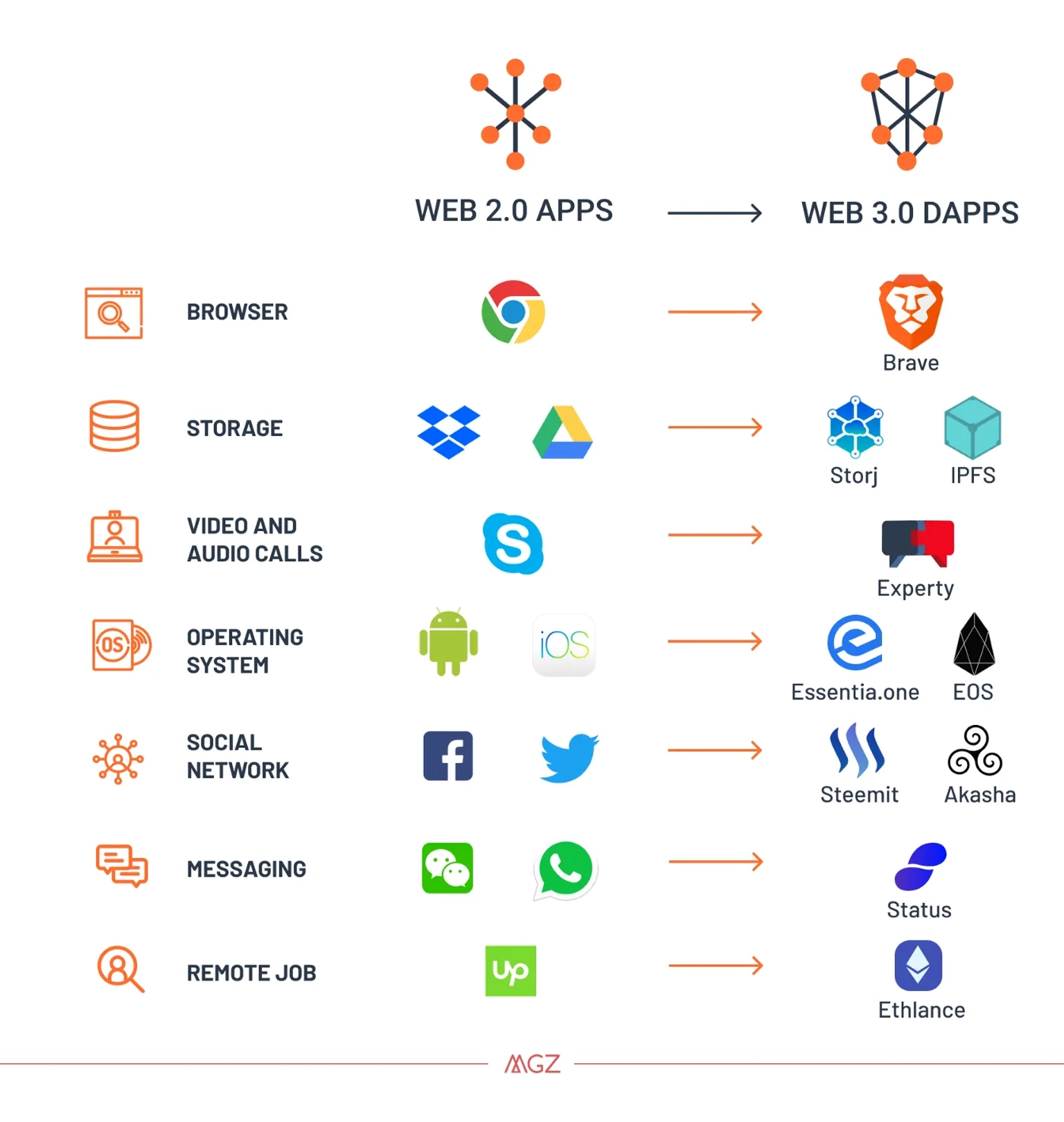
Neptune Mutual seeks to provide value and exceptional service to Web 3 projects and users alike through its parametric cover marketplace. Even with the added security features brought about by decentralization and smart contracts, Web 3 projects are still subject to a number of risks that can, and often do, cause significant loss of digital assets.
Chief among them is the risk of hacks as a result of code manipulation. If you’ve been keeping up with blockchain events, you probably already know that hacks of blockchain and Web 3.0 projects have been on the rise in recent years.
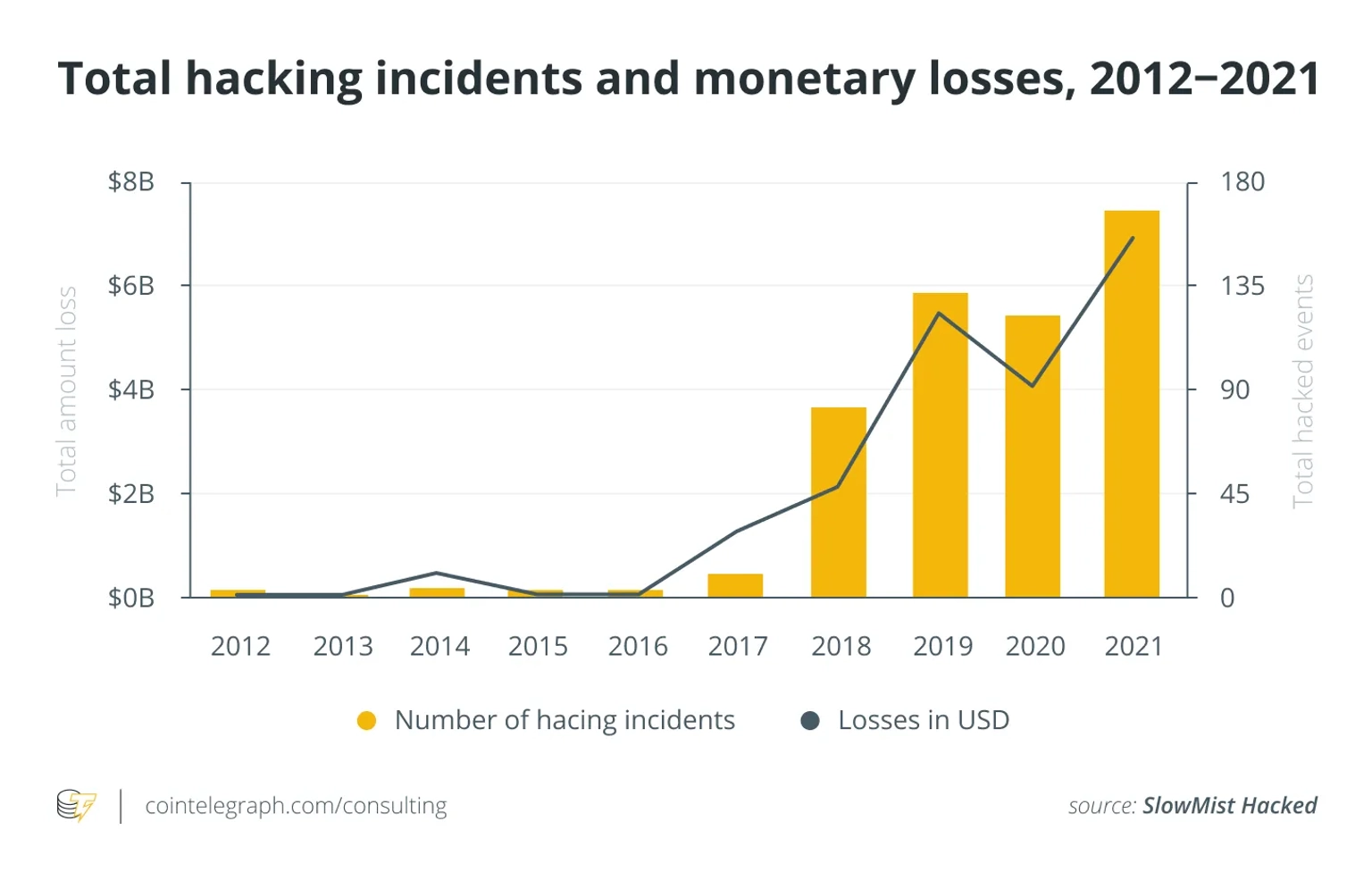
What’s even more worrying is that most of these hacks were carried out on dApps and protocols that had undergone code audits, in addition to other industry-standard security measures.
Parametric cover policies have been mitigating risks in real-world events like earthquakes, wildfires, and flooding for decades. Its underlying attributes make it a new and scalable solution for the protection of digital assets.
In the parametric model, payouts are made based on the occurrence of a predefined event. If the event did occur, policyholders receive a payment. If the event did not occur, there is no payout. It’s that simple!
This approach helps eliminate many of the limitations that plague traditional insurance policies, such as lengthy claims process, individual proof of loss, unclear scope of policy coverage, and more.
We invite you to come be a part of the Neptune Mutual community. Whether you’re a policy purchaser looking to protect your digital assets with a custom cover policy; a liquidity provider looking to earn income and other rewards by funding liquidity pools; or as an incident reporter looking to earn staking rewards from validating the occurrence of trigger events.